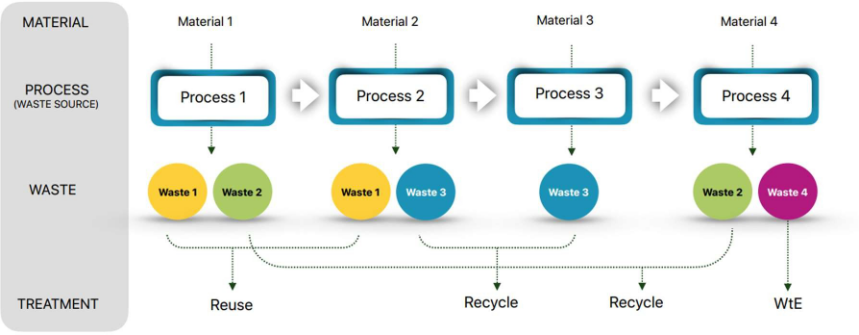1. Leadership Buy-In:
Secure commitment from top leadership to prioritize and champion mental health in the workplace.
2. Psychosocial Risk Assessment:
Conduct a comprehensive assessment of psychosocial risks, considering factors like workload, job control, and interpersonal relationships.
3. Policy Development:
Develop clear policies that address psychosocial risks and outline preventive measures, intervention strategies, and support mechanisms.
4. Employee Training and Awareness:
Provide training to employees and leaders to recognize, manage, and promote mental health. Raise awareness to eliminate stigma and create a supportive culture.
5. Employee Involvement:
Involve employees in the development and implementation of mental health initiatives, ensuring their voices are heard and valued.
6. External Support:
Seek external support and expertise, leveraging resources such as mental health professionals and consultants to enhance the effectiveness of the implementation.
7. Continuous Improvement:
Establish mechanisms for ongoing monitoring and continuous improvement, adapting strategies based on feedback and changing circumstances.







